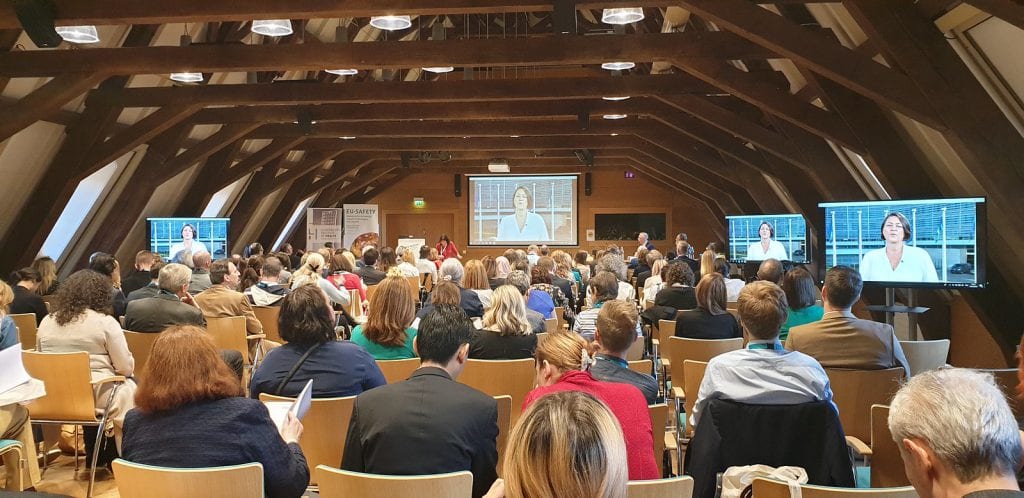Programme


Programme
The EU-Safety 2022 conference will bring together leading European stakeholders in research, policies and practice in the field of prevention of accidents and injuries. The conference will highlight the potential and the risks that new digital solutions offer to the key priority areas of injury prevention, such as the safety of children, older people, sports and leisure activities, vulnerable road users, consumer products and services.
Our schedule
Presentation formats in Break Out Sessions:
Oral Session (O): Up to 5 authors will make a presentation of max. 10 minutes each.
E-Poster Pitch Session (EP): 5 to 8 authors will make an oral presentation of max. 4 minutes each.
Day 1 | 23. June 2022
09:00 - 10:30
Plenary 1: How Smart will Injury Prevention get?
- Artificial Intelligence: Promise, Perils and Predictions, Charlotte Stix (AI HLEG)
- Artificial Intelligence in Home & Leisure Accident Prevention, Erich Prem (Eutema)
10:30 - 11:00
11:00 - 12:00
O1.1 RePLAY: how pedagogical documentation supports childcare professionals’ assessment of children’s risk competence (Helena Sienaert)
O1.2 CounterRisk New skills to deal with the risks of counterfeiting in consumer goods for children (María Cruz Arenas)
O1.3 Risk factors for hospital admission after a trampoline related injury in children and adolescents– a cross-sectional study based on EU-IDB (Dritan Bejko)
O1.4 Children on wheels – mobile on wheels with muscle + electric + motor power (Peter Spitzer)
O1.5 Child Defenestration: An Unexpected collateral Effect of the first Covid-19 Lockdown! (Nathalie Beltzer)
O1.6 The Botnar Child Road Safety Challenge: why monitoring multi-country projects is so important (Atsani Ariobowo)
O2.1 The French Home and Leisure Injuries Surveillance System EPAC (Marion Torres)
O2.2 A national representative and comprehensive healthbased injury monitoring system is launched in Norway from 2022 (Johan Lund)
O2.3 Pilot-testing an Injury Registry in Eastern Europe – learning from iCREATE Project (Diana Dulf)
O2.4 From community-based registrations of traffic accidents towards prevention (Susanne Nijman)
O2.5 Accidents in Germany 2019/2020 – Results from a representative health survey of adults (Anke-Christine Sass)
12:05 - 12:30
EP1.1 E-Learning with the Safety Bear (Elisabeth Fanninger)
EP1.2 Educating Children on Health & Safety (Grigorios Gkogkas)
EP1.3 Promoting fun and safe play on inflatable playgrounds (Mieke Cotterink)
EP1.4 Hold Hands – encouraging Early Childhood Education and Care Practitioners to teach water safety (Roger Sweeney)
EP1.5 Child injury mortality and morbidity in Croatia (Ivana Brkić Biloš)
EP1.6 Self-reported knowledge on suicidal risk and suicidal behavior in schoolchildren aged 16 to 19 years in Lithuania (Birute Strukcinskiene)
EP2.1 Methodological issues for recording occupational accidents and evaluation of aftereffects (Battaivan Byamba)
EP2.2 National data on drownings in Italy (Giuseppe Balducci)
EP2.3 A registry-based pilot study of traumatic brain injury in two middle-income countries (Angela Cazacu-Stratu)
EP2.4 Injury ED and inpatient admission rates in Europe (Marco Giustini)
EP2.5 Alcohol related emergency department treatments in the Netherlands: trends in alcohol intoxications and alcohol related injuries during the Covid-19 pandemic (Susanne Nijman)
EP2.6 Taking severity seriously: looking beyond the maximum abbreviated injury score (Marjolein Versteeg)
EP3.1 Potentials and Challenges of Artificial Intelligence and Robotics for the Safety in Home and Leisure. (Michael Nader)
EP3.2 Benchmarking Natural Language Processing tools for automatic classification of Trauma mechanism in French emergency free-text clinical notes (Gabrielle Chenais)
EP3.3 Virtual Reality – an opportunity for safe and realistic power wheelchair training (Eva Aigner-Breuss)
EP3.4 Development and Implementation of a Digital Falls Prevention Program for Community-dwelling Older Adults (Emma Stanmore)
EP3.5 Experiences and Perceptions of Community Safety (Dawn Exley)
EP3.6 Machine Learning techniques for the prediction of hospital Length Of Stay from injuries (Alessio Pitidis)
12:30 - 13:30
13:30 - 14:30
O3.1 The SOULMATE app: facilitating elderly mobility by increasing the feeling of security while travelling through the use of a mobility app, secure navigation and a helpline (Karin Kuchler)
O3.2 Warning signals as solution to increase cyclists’ safety in automated, connected mobility (Eva-Maria Hollauf)
O3.3 Predicting cyclists’ intentions by measuring eye, head and body movements (Stephan Odenwald)
O3.4 Effectiveness assessment of a warning driver assistance system for trucks to avoid ac-cidents with pedestrians (Ernst Tomasch)
O3.5 Legal Challenges of automated driving to ensuring road-safety (Susanne Gstöttner)
O4.1 Emergency admissions for domestic accidents during the first Covid-19 lockdown in France (Nathalie Beltzer)
O4.2 Fall fighters and Later Life Roadshows: Working with the private sector to implement a falls prevention and strength and balance programme during the Covid 19 pandemic (Ashley Martin)
O4.3 Impact of the Covid-19 pandemic on unplanned hospitalizations and mortality for falls/injuries and femoral neck fracture in France (Marion Torres)
O4.4 Implementation fidelity of the ‘Stay One Step Ahead’ home safety intervention; a mixed methods analysis (Sabrina Stewart)
O4.5 TOM & Co: the (im)possibilities of implementing digital technolodgy in the fall prevention program TOM (Branko Olij)
14:35 - 15:00
EP4.1 Assessment of pediatric TBI patterns using the Glasgow Scale at all levels of medical care (Eugeniu Mindrigan)
EP4.2 Prevalence of road traffic accidents among children 0-16 years old: a retrospective study in Yerevan (Artashes Tadevosyan)
EP4.3 Trampoline related injuries in children aged up to 18 years – a multinational study based on EU-IDB (2008 and 2018) (Dritan Bejko)
EP4.4 How our safety policy changed from “as safe as possible” to “as safe as necessary” (Veerle De Vliegher)
EP4.5 Dutch child injury prevention model (Hedy Goossens)
EP4.6 “Safe & Healthy”A Safe School short film project on youth injury prevention and safety promotion (Isabella Kranacher)
EP5.1 Causation factors of unintentional injury in the home (Dawn Exley)
EP5.2 Home falls among people 65 years and older: circumstances and patterns of falls.Results from the ChuPaDom survey – 2018 (Marion Torres)
EP5.3 Gas hazards at home – an invisible threat (Stefan Georgiev)
EP5.4 Fireworks – Behaviour of Dutch households (Branko Olij)
EP5.5 Collaboration on fire safety for socially vulnerable groups (Anja Kristin Kleiven)
EP5.6 Results from 5 consecutive years of natural hazard awareness in Austrian population (Timo Lücksmann)Anja Kristin Kleiven
EP6.1 Don’t shoot the messenger: Up-to-date reporting of consumer product injuries using an interactive dashboard (Marjolein Versteeg)
EP6.2 How to engage people in safety with Incidents & Observations (Julia Tanzbett)
EP6.3 Analysis of economic sectors and professions in Slovak Republic from the point of view of accidents and assessing tools in assessment occupational risks. (Alena Ďaďová)
EP6.4 Bow-tie analysis for patient safety risk management in Bulgarian hospitals (Rositsa Dimova)
EP6.5 Standardization of lifeguarding job regulations as a form of drowning prevention (Olga Marques)
EP6.6 Internationalization of a professional drowning prevention and water safety and rescue course – lessons from Portugal and application in Europe and Africa in 2022 (Fernando Martinho)
Cancellations will be accepted until 08. June 2022. Up to this date the total amount will be refunded, minus a EUR 25,- cancellation fee. We regret that refunds cannot be given for cancellations made after 08. June 2022. Cancellation requests must be sent in writing to eu-safety@vb-mice.at. Cancellations are only valid if confirmed by the conference organizer.
If you are unable to attend, you may transfer your registration to a colleague. We kindly ask you to inform us about any changes at least 2 days prior the event.
Please click here for full Terms and Conditions.
We kindly ask all our guests to regularly check this website before the conference for the latest information on how to access the conference and other conference regulations. From today’s point of view, all participants must be issued with an EU Digital COVID Certificate. The safety of all participants and employees on site has the highest priority, and the organiser will take the necessary precautions to ensure this.
In order to stay informed about the current COVID-19 situation in Austria and Vienna, please visit oesterreich.gv.at and wien.info. There you will find all the information you currently need for a trip to and a stay in Vienna, updated on a daily basis.
15:00 - 15:30
15:30 - 16:30
O5.1 KFV Exposure Survey (Carl Neumayr)
O5.2 Trends in sports-related emergency department visits in the Netherlands, 2009-2018 (Branko Olij)
O5.3 Situation of Drowning and Drowning Prevention in Europe (Detlev Mohr)
O5.4 Trampoline Park Safety – the perspective of users (Sandra Nascimento)
O5.5 Is the prescription of “appropriate” running shoes an evidence-based preventive measure for running-related injury? (Laurent Malisoux)
O6.1 Improving cyclists’ safety via new C-ITS technologies in automated and connected mobility (Hannah Wies)
O6.2 Digital “Mind your step” weather warning for people of advanced age (Martin Pfanner)
O6.3 Evaluation of an intervention to improve home safety for preschool children: a controlled before and after study (Michael James Taylor)
O6.4 Portuguese e-maritime incident processing (José Coelho)
O6.5 Advanced driver assistance systems in professional driving: About loopholes, attitudes, knowledge and training (Martin Winkelbauer)
16:30 - 17:30
- Using behavioural science in communications to improve safety promotion, Shayoni Lynn (Lynn PR)
- Humans aren’t Robots, Natalia Shakhina (Behavioural Insights Team)
- Trends in Safety Culture Research, Nic Ward (Center for Health & Safety Culture)
19:00
20:00
Day 2 | 24 June 2022
09:00 - 10:00
O7.1 Engaging European citizens in improving road safety: the European Road Safety Charter initiative (Wouter Van den Berghe)
O7.2 trafficsafety4you – drowsiness and fitness to drive (Joachim Rauch)
O7.3 Safety in Urban Micromobility and the RideSafeUM Initiative (Josep Ramon Morros Rubio)
O7.4 About a safe distance … in cycling (Martijn Kiers)
O7.5 Road Safety and Vulnerable Road Users as the key focus in the Sustainable Mobility planning process on the road towards ‘Vision Zero’. (Dirk Engels)
O8.1 Parents’ risk perception of drowning among young children (Mieke Cotterink)
O8.2 Motor storytelling as a drowning prevention tool (Francisco Cano Noguera)
O8.3 Teaching water safety without water – a digitized solution for primary school children (Roger Sweeney)
O8.4 Pediatric burn injuries in Georgia: a retrospective hospital-based study (Nino Chikhladze)
O8.5 Implementing outcomes of aetiological research in an online programme to prevent burn accidents in children under 5 years of age (Eva van Zoonen)
10:05 - 10:30
EP7.1 How to reduce the e-scooter parking problem in European cities (Ernestine Mayer)
EP7.2 Stand up for your ride! Introducing a foreign road safety program (Branko Olij)
EP7.3 The burden of road traffic injuries among patients treated in the largest trauma hospitals in the Republic of Moldova (Svetlana Cociu)
EP7.4 Road Safety. Wrong-way driving on highways (Martijn Kiers)
EP7.5 Implementation of a model of awareness-raising for taxi motorcyclists in Benin in relation to helmet use: a quasi-experimental study (Yolaine Glele Ahanhanzo)
EP7.6 Demographic variation in traffic injury conflicts – implications for vehicle driving simulators (Kristian Kjaergaard)
EP7.7 Risk estimation including risk compensation with cyclists (Wolf Dietrich Zuzan)
EP8.1 Epidemiology of falls-related traumatic brain injury in Georgia: Evidence from observational study (Nato Pitskhelauri)
EP8.2 The prevalence and characteristics of physical activity-related injuries among university students in Yerevan. (Artashes Tadevosyan)
EP8.3 Annual rate of falls in Portugal (2010-2018): Different methodological estimation approaches using hospital admission data (Andreia Costa)
EP8.4 Assessment of Health-Related Quality of Life in Traumatic Brain Injury Patients from Eastern Europe (Madalina Coman)
EP8.5 Effect of the COVID-19 measures on the number of severe injuries after traffic accidents and one-sided pedestrian accidents in the Netherlands (Inge Krul)
EP8.6 15-year trends in injury related health care use and costs in the Netherlands (Inge Krul)
EP9.1 IoT and AI based Structural Health Monitoring of safety critical assets (Christoph Schwald)
EP9.2 The digital tool that saves lives (Ana María Domínguez Pachón)
EP9.3 An Open-Innovation Challenge for “out of bed detection” (Martin Morandell)
EP9.4 Experienced-based Safety Training – Impactful in-person training with long-lasting memory impact! (Matthias Krope)
EP9.5 Exposure Assessment of Electromagnetic Radiation in a Smart Factory (Klaus Schiessl)
EP9.6 Changing the driving behavior of forklift drivers by means of gaze analyzes (Peter Schwaighofer)
EP9.7 Security for Safety Risk Assessments for the production industry (Martin Steiner)
10:30 - 11:00
11:00 - 12:00
O9.1 Status of Home and Leisure Accident Prevention in Western Europe (Robert Bauer)
O9.2 Why the lack of EU-wide pool safety regulation? (Lloyd Owens)
O9.3 Factfulness – a way to increase interest for safety promotion (Eva Vaagland)
O9.4 Pilot application of influencers in road safety communication in Germany: short term effects on knowledge, attitudes and behaviour of the target group (Walter Funk)
O9.5 The same fall, a different cause? – Comparing the accidents of consumers and workers (Jakko van Kampen)
O10.1 Pattern of traumatic spinal cord injuries in the Piedmont Region (Italy): a 13-year retrospective cohort-based study (Alberto Borraccino)
O10.2 Home accidents in Europe: a descriptive analysis from the IDB-FDS databank (Marco Giustini)
O10.3 Changes in home and leisure accidents in children and young people during the COVID-19 pandemic, in Portugal (Tatiana Alves)
O10.4 Emergency department treatments due to bicycle accidents in the Netherlands: effects of increasing e-bike popularity (Susanne Nijman)
O10.5 UK injury data: The feasibility of collecting accident data relating to consumer products from the NHS (National Health Service) (Geraldine Cosh)
12:00 - 13:00
- Zero means a lot – A New Paradigm for Safer City Streets, Pedro Homem de Gouveia (Polis)
- COVID-19 Impacts and risk perceptions, Kai Axhausen (ETH Zurich, tbc)
- Risk Communication – from mapping to interacting in a changing natural environment, Thomas Hlatky (VVO)
13:00 - 13:15
14:00 - 16:00
Presentation formats in Breakout Sessions:
Oral Session (O): Up to 5 authors will make a presentation of max. 10 minutes each.
E-Poster Pitch Session (EP): 5 to 8 authors will make an oral presentation of max. 4 minutes each.
Our speakers
At this stage of the conference programming, we are proud to present our prestigious keynote speakers and the interesting topics they will cover (in order of appearance).
Charlotte Stix
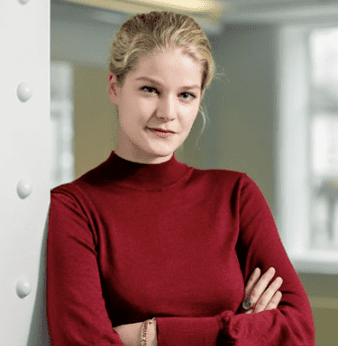
Charlotte Stix is an experienced technology policy expert in AI governance. Most recently, she was the Coordinator of the High-Level Expert Group on AI of the European Commission (EC) and an Expert to the World Economic Forum’s Global Future Council on Neurotechnologies. Formerly, she was a Researcher at the University of Cambridge, managed robotics and AI projects at the EC, and was a Policy Officer to international start-up Element AI. Charlotte was awarded as a 2020 Forbes’ 30 under 30 (Europe).
Erich Prem
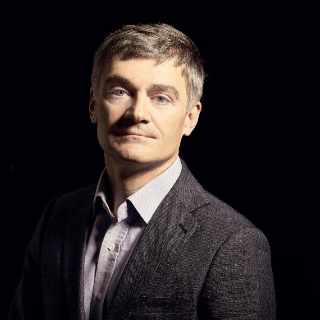
Erich Prem is Chief RTI Strategy Advisor and CEO of eutema. He is an internationally renowned expert in research and innovation strategy. Erich is a certified managerial economist and a researcher in artificial intelligence, research politics, innovation, and epistemology. Holding doctorates in philosophy and in computer science he teaches at TU Vienna and the University of Applied Arts Vienna.
Shayoni Lynn
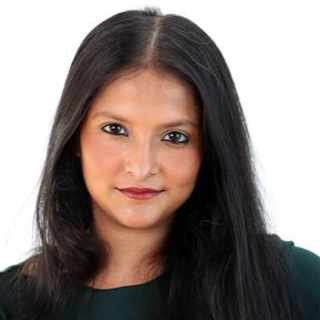
Shayoni Lynn is CEO and Founder at multi-award-winning strategic communications and behavioural science consultancy, Lynn PR. With over 15 years’ experience, Shayoni is an industry leader in data-driven strategic communications and applied behavioural science. She sits on the UK PR Council and is an Associate Lecturer at Cardiff University.
Natalia Shakhina
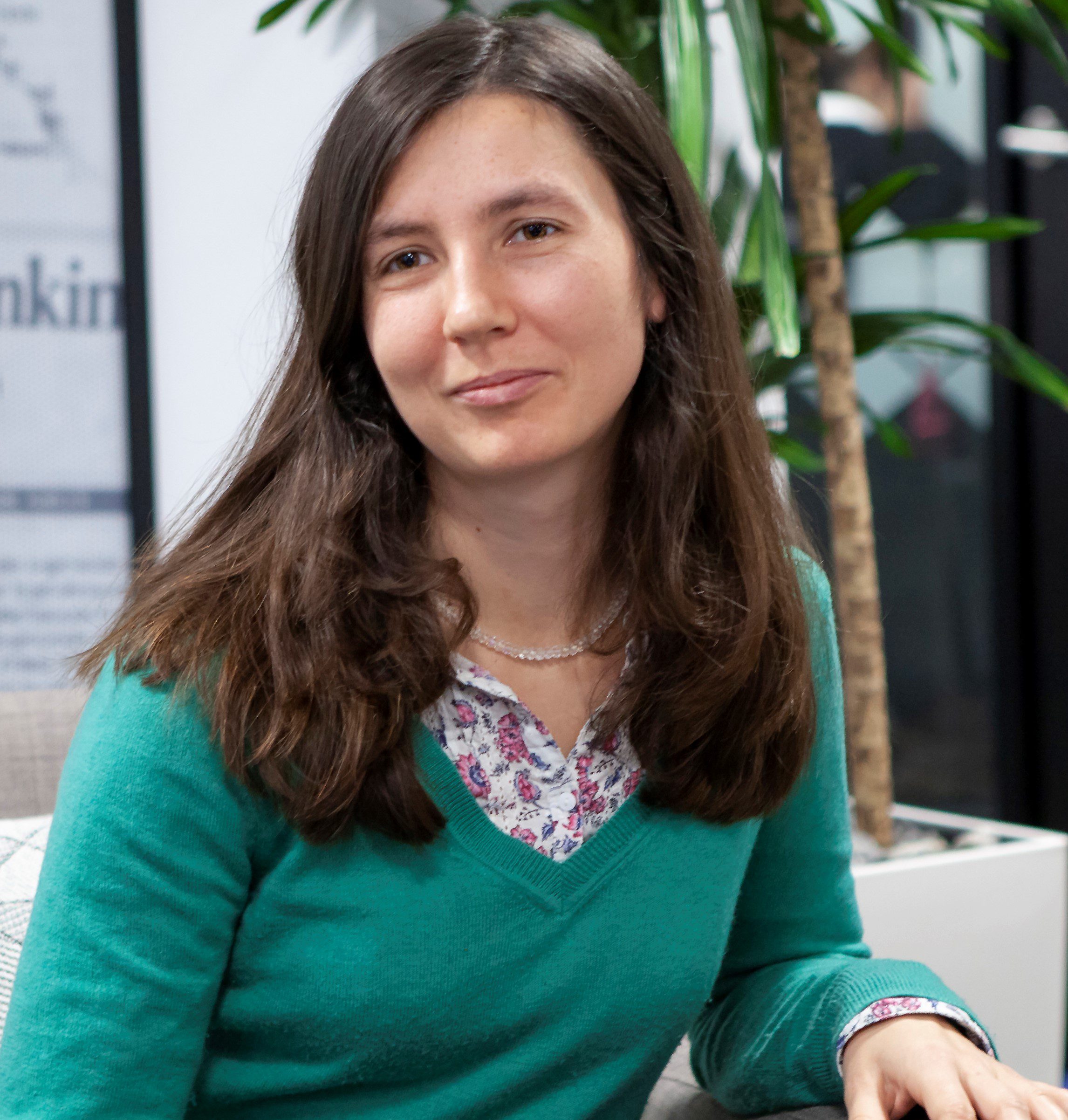
Natalia Shakhina is a Senior Advisor in the Behavioural Insights Team, a world-leading behaviour change consultancy focused on applying the science of human behaviour to help address some of society’s biggest challenges. She works on projects related to Consumer and Business Markets with a particular focus on digital markets, and has a background in behavioural science and economics.
Nicholas J. Ward

Nicholas J. Ward teaches systems thinking, product design, and usability engineering at the College of Engineering, Montana State University. He is Director of the Center for Health and Safety Culture. His research focuses on the role of traffic safety culture on road user behaviors and stakeholder actions that impact traffic safety and Vision Zero.
Pedro Homem de Gouveia
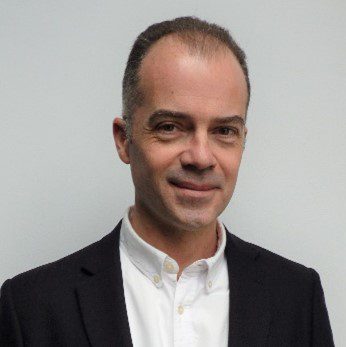
Pedro Homem de Gouveia coordinates the Road Safety & Security Working Group of POLIS, a network of European cities and regions for transport innovation. He’s an architect with extensive experience in universal design, public space, pedestrian accessibility, street safety, urban governance, and public participation. In the City of Lisbon, he implemented the Pedestrian Accessibility Plan, and kick-started the Vision Zero planning process.
Andreas Stöckl

Andreas Stöckl is head of the Digital Media Department at the School of Informatics, Communications and Media at the University of Applied Sciences Upper Austria. He studied mathematics at the University of Linz and has published several books and scientific articles on data science topics and, since 1996, has also established several start-up companies, like Cyberhouse, Contexity, and 506 Data & Performance (506.ai).
Thomas Hlatky

Thomas Hlatky heads, among other functions, the Natural Catastrophe Insurance Division and the HORA Project of the Austrian Insurance Association (VVO). He is Head of Reinsurance at GRAWE Group in Graz, Austria, and Head of Sustainability at Insurance Europe in Brussels (Property and NatCat Insurance, Climate Change).
European Safety Tour 2021
This first part of video interviews with experts from Finland, Germany, Portugal, Serbia, Switzerland and the Netherlands is about the current challenges their country faces in injury prevention.
Past EuroSafe Conferences
Organized by EuroSafe in collaboration with the Austrian Road Safety Board (KFV), this conference builds on the series of European Injury Prevention Conferences successfully organised over the past decades by EuroSafe and the success of the World Safety-Conferences attended by a large European contingent.
The series of EuroSafe conferences take place in the EU/EEA region and is hosted in rotation by EuroSafe members.
Through the series of European Conferences on Injury Prevention and Safety Promotion EuroSafe wants to promote:
- Better sharing of resources: To organise the exchange of injury data and successful practices in prevention and to develop partnerships for joint projects across sectors.
- Better policies: To raise political awareness as to the impact of injuries and to mainstream the injury prevention in a coherent manner across European policy agenda’s and programmes.
- Focused actions on injury prevention priorities in Europe: To establish purpose driven networks to ensure on-going development, implementation and evaluation of efforts in view of making Europe a safer place.
More information on previous EU-Safety conferences:
